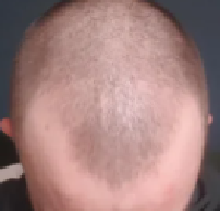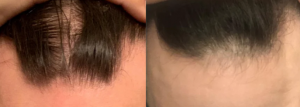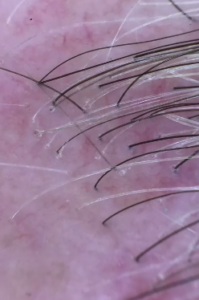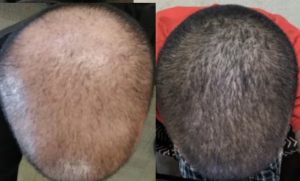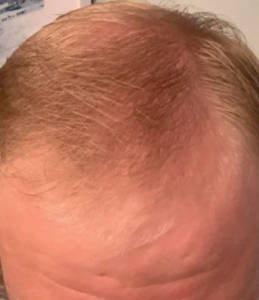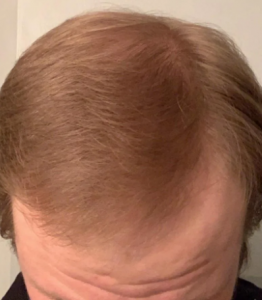
“Generally speaking, a person has three stages of hair growth cycle: growth, degeneration and rest. In the first stage, the hair is a continuously pushed-out shaft, whereas the hair stops growing and its lower portion shrinks while staying in place in the second stage. In the third stage, however, the hair eventually falls out.
While it has been known for some time that stress is linked to hair prematurely entering the third stage and falling out, as is the overall link between hair loss and chronic stress itself, the exact mechanism behind this link had remained a mystery.
What is known is that hair-follicle stem cells (HFSCs) play an essential role in hair growth by interpreting internal and external signals. Knowing this, Cho and the other researchers tested the role another area of the body – the stress-hormone producing adrenal gland – played in the cycle. To do this, they removed them from mice via surgery.
Without the adrenal glands to produce stress hormones, the mice’s “rest” phase in their hair cycles was much shorter, while their hair follicles grew around three times more than normal. But when fed the hormone corticosterone, the stress hormone produced by animal adrenal glands, their hair growth was suppressed.
So does corticosterone play a role in making hair fall out? That’s what this implies. HFSCs detect the stress hormone through signals, and not by detecting the hormone itself. This was determined when the researchers selectively deleted the protein known as glucocorticoid receptors in the dermal papillae. These receptors are the means by which the hormone signals the HFSCs.”


